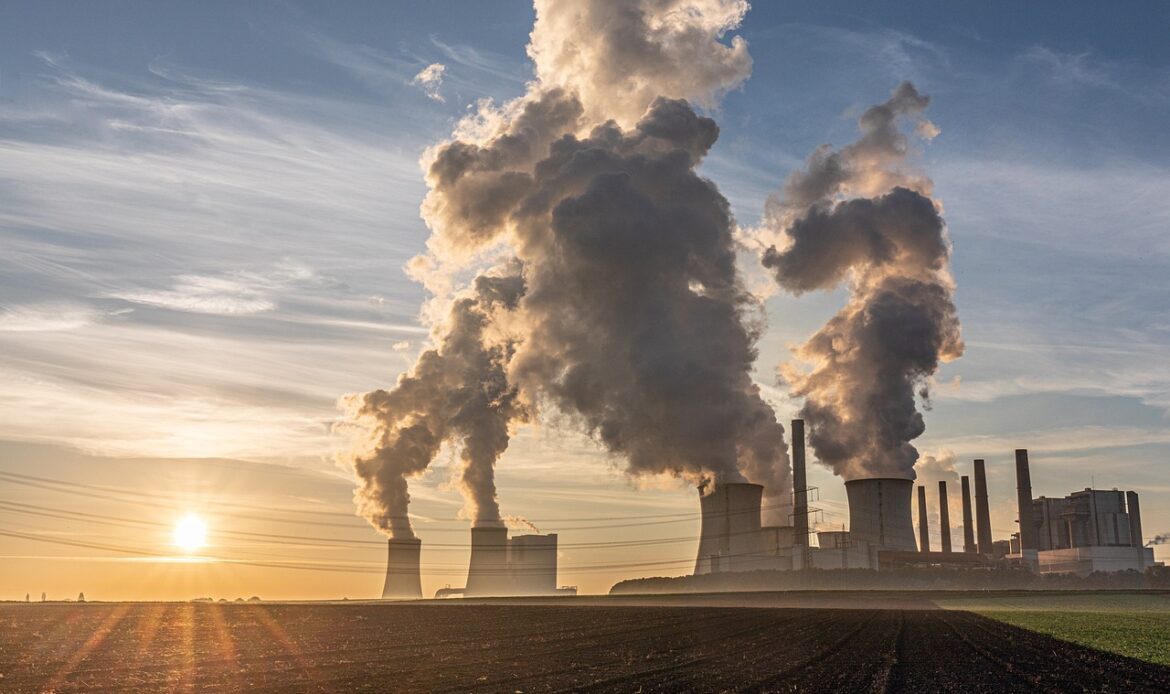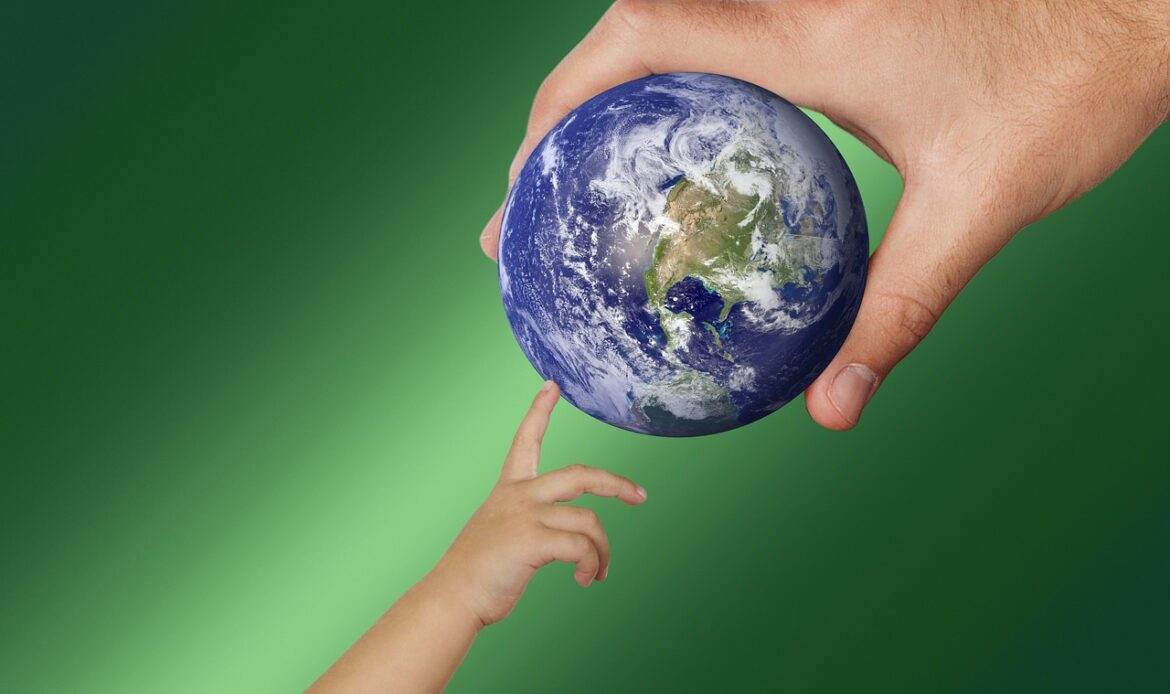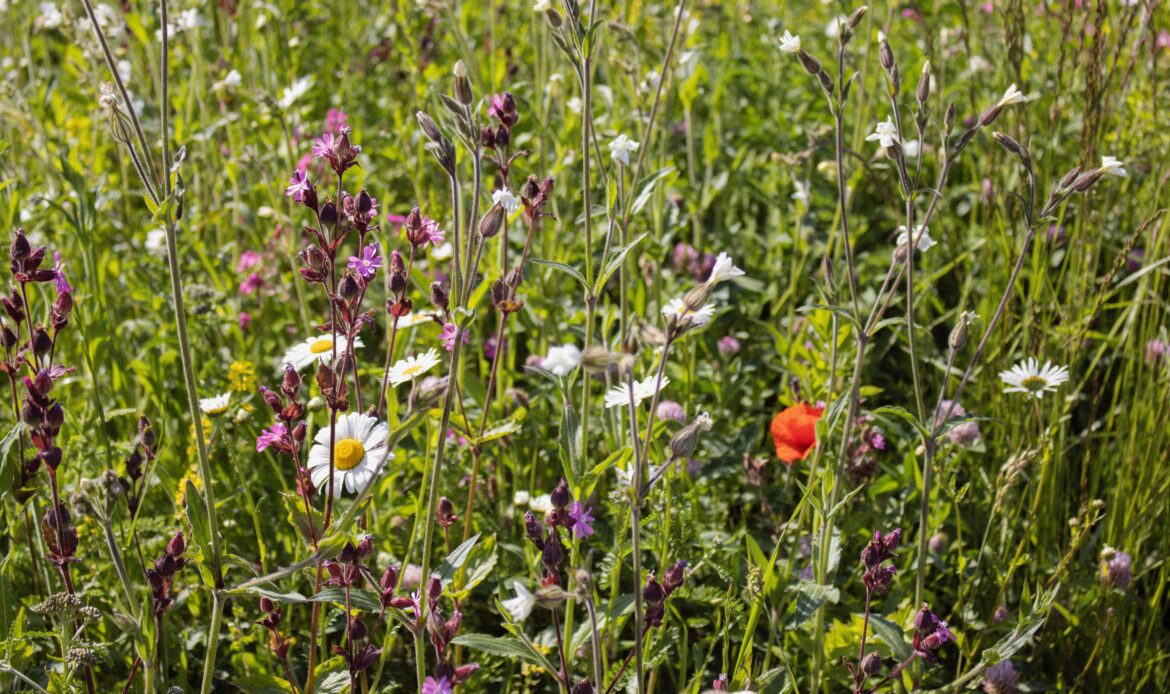COP (Conference of Parties) is a term that dominates mainstream discourse when the events are held annually. The climate change conferences are among the most important meetings regarding the fight against climate change, bringing together those from every country in union to collaborate against the planet’s worsening condition and the devastating effects they are making.
This is an overview of COP, its origins and some of the most important and impactful events to date. It explores the adverse effects of greenhouse gases and why the COP meetings’ efforts to combat them are crucial for the well-being of our species and natural environments. All of this feeds into the importance of the work Gaia does with biodiversity units, so, let’s dive right in!
What is COP?

The Conference of Parties (COP) is an annual conference bringing together 197 countries for discussions to negotiate action to tackle global environmental issues. At the conference, they review the United Nations Framework Convention on Climate Change (UNFCCC), an international treaty that has tackled climate change since its birth in 1992 and adoption in 1994. Its primary objective is stabilising atmospheric levels of GHGs (greenhouse gases) and halting global warming.
The United Nations climate change meetings review the UNFCCC and its implementation, alongside other treaties and policy frameworks, into countries’ legislation. These are considered against changes from previous years and how effective they have been in achieving climate goals.
What is the Purpose of COP?
A primary purpose of COP is mitigating the devastating effects of climate change and global warming, which pose significant threats to human life. The meeting brings together the separate countries to crucially delve into the planet’s exacerbating problem and make tangible, effective climate action plans to help solve it for all. Fostering international cooperation gives us a great shot at tackling climate change as opposed to individual countries making immense efforts alone.
COP allows national leaders, presidencies and policymakers to review policies affecting their countries, assess effectiveness, and adjust legislation accordingly. It raises awareness about the sheer importance of climate change and the need for taking action, setting goals and targets that rightly promise emission reductions and measures of adaptation. Countries that contribute heavily to climate change, such as major oil producers, can negotiate and discuss their actions and how they can be compensated for.

Who Attends COP?
COP unites people together to fix the problem with the planet we all inhabit, with representatives from nearly 200 countries, like high-level environment ministers, government officials, heads of state, experts and diplomats.
These officials hold the power to make decisions and speak for their country, however, the discourse transcends governmental figures by hearing from members of the private sector, civil society, and non-governmental organisation representatives. These observing organisations contribute specific expertise and can jump into key issues.
Furthermore, some United Nations agencies will share their expertise, like the World Meteorological Organization providing scientific weather assessments to develop weather-related climate strategy, and the United Nations Environment Programme who offer rich research perspectives and expert policy advice.
Journalists cover the event providing widespread media coverage and updating the public live on online platforms, media broadcasts, social media and webcasts.
The Importance of COP
COP is quintessential, encouraging the necessary engagement from businesses, governments and communities for collective action and positive change. For example, COP14 in 2018, held in Sharm El Sheikh, Egypt, garnered significant youth participation, encouraged by mass events and initiatives.
It would be entirely irresponsible for country leaders to not publicly present exactly how they are contributing to climate change, the changes they have made and how effective they have been, and how these are being adjusted or enhanced to better mitigate climate change and help the environment. The public meetings encourage transparency and legitimacy; a well-regulated system that enhances the success of the outcomes.

What happened at COP 28?
COP28 was held in Dubai in 2023 and resulted in various climate initiatives to drive forward the fight against global warming. The first global stocktake (GST) shared that the efforts were insufficient and not on track to meet the goals outlined in the Paris Agreement, encouraging a reconfiguration of policy frameworks and enhancement of mandatory legislation.
COP28 resulted in many financial commitments nearing $600 million into a loss and damage fund, which gives financial support to developing countries harmed by the impacts of climate change, and $12.8 billion into the Green Climate Fund from new pledges from 31 countries. The Green Climate Fund supports and bolsters projects around the world that help the fight against climate change.
The Paris Agreement
The Paris Agreement is an international treaty adopted in 2015 with a pivotal approach to climate change, aiming to reduce the world’s temperature to 2°C below pre-industrial levels.
It was the first comprehensive agreement for all countries to join a legally binding agreement, bringing all countries on climate change—nearly every country agreed to limit global emissions. To do so, a GST (global stocktake) is collected every 5 years, requiring emission data from each country to monitor if their targets are being met. Countries will have Nationally Determined Contributions (NDCs) and update them with increasing targets to cut emissions.
The Kyoto Protocol
Adopted in 1997 in Kyoto, Japan, The Kyoto Protocol is an international treaty that set legally bound emission reduction targets for industrialised countries. It came into action in 2005 with the goal to reduce GHG emissions by 5% on average by 2012, to below the levels they were in 1990. Countries involved had a commitment period from 2008 – 2012 and all 36 met their targets, however with help from the ongoing economic downfall. 10 countries met it by buying carbon credits; reducing emissions in other countries.
The protocol catalysed countries all over the world to establish their own regulatory frameworks with set commitments in place. It introduced carbon markets through flexibility mechanisms, such as the Clean Development Mechanism (CDM) or International Emissions Trading (IET).

The Dangers of Greenhouse Gases (GHGs)
COP directly fights against greenhouse gases. Greenhouse gases pose significant risks to our health, economy, environment and overall livelihoods. Trapping heat into our atmosphere increases the planet’s temperature as time goes on. The constant increase in temperature will soon lead us to an uninhabitable planet, with no food sources, clean water or air. The loss of biodiversity means systems we rely on like agriculture, ecosystems and water supplies will fail, causing unpredictable and dangerous weather or natural disasters like tornadoes and tsunamis.
Increased CO2 leads to more and more ocean acidification due to chemical reactions in the seawater which especially harms shellfish and corals, amongst a variety of marine life. Greenhouse gases are pollutants and can cause respiratory problems, posing a severe threat to those already suffering from cardiovascular diseases or asthma. Increased temperatures lead to melting ice caps, risking the displacement of populations in coastal areas. Biodiversity will be lost, animals and plants will suffer, and humans will lose their livelihoods—COP puts actionable plans, laws and strategies in place to directly stop this from happening and our nature, ecosystems and environments can thrive.
The 1.5°C Pathway
The world’s average temperature has risen around 1.2°C since the Industrial Revolution, from around 13.8°C to 15.0°C. It’s understood by scientists that if we hit the 1.5°C point of increase, the effects can be irreversible and dangerous. It’s been rising around 0.13°C per decade, so we have little time left to take action.
The 1.5°C Pathway strategizes maintaining a temperature below the threshold, a concern rooted in scientific research and rich discourse within the Intergovernmental Panel on Climate Change. They assessed scientific literature and conducted reports that would go on to shape and inform policy-making in line with the pathway’s goal.
Net Zero
Net Zero is the balance between the production of greenhouse gases (GHGs) necessary for economic activities and other structures and the removal of GHGs from our atmosphere. Solutions such as off-site BNG, carbon capture and storage and investment into renewable energy work as carbon offsetting schemes allowing companies to continuously put CO2 into the atmosphere for their needs as they are removing the same (or more) to achieve ‘Net Zero’ emissions.

